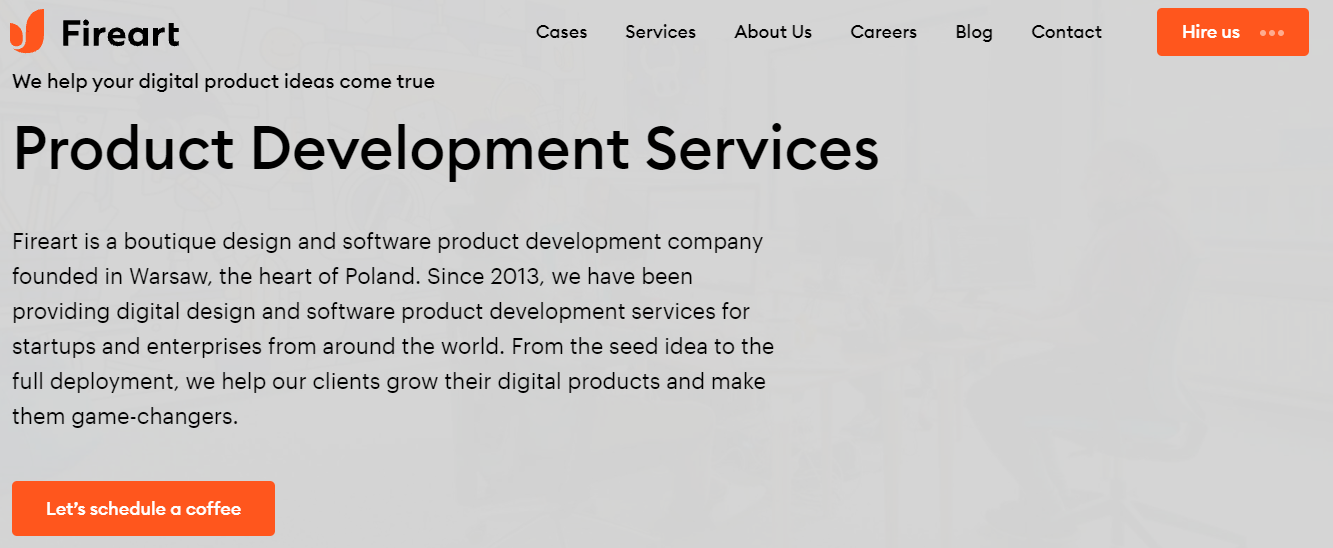PDP: What is this document, what does it look like, and what can you do without it? Today, we will dwell in more detail on preparing the requirements for an IT product. And also, give some tips to prepare for collecting information and taking an active part in it. Then the development team proceeded directly to the development services.
However, our idea is flawless, and the new product (service) is destined to take its rightful place in the market. But faith and a brilliant idea alone are not enough. Every major success focuses on meticulous work. And the success of a new product is made up of the efforts that each project participant puts into it.
Are you looking for a reliable implementation for your IT project? We are with Umbrella IT and we make your product a success! One of the steps towards the success of a new project is to define the requirements for your future product: a description of how you see it. Read the info here.

Who is the PRD?
If the customer has specialists who know how to formalize the requirements optimally, then the customer’s side deals with this. But if there is no such experience, then the development team (PM, tester, or any team member) can prepare the requirements.
A Few Tips
- Information is transmitted once for everyone. There is no need to clarify and repeat the requirements for each separately. Accordingly, you can save time and not spend it on endless explanations but the actual work on the product.
- The information will always be kept in an accessible and understandable form and in full. Even if, for some reason, the system for working with requirements changes within the project. Suppose the project is left by the specialist responsible for their compilation.
- Be consistent: the document should have a simple structure so that it is easy to read.
- If you divide the product into modules, such modules should be arranged in a logical sequence. For example, if a user creates a product, a user module is first needed, and then a product module.
- Give clear directions: try to avoid phrases such as “if necessary,” “if possible.”
- Any definitions used should have an unambiguous meaning. For example, the word “convenient” can mean different things to different people.
If several people are working on the requirements, identify one person responsible for the approval. Otherwise, you will lose integrity.
One of the options for the communication mechanism is access to comments in the developed document. It can also be some regulated rally when you get together to program the demands you will approve once a week.

During the development of the product requirement document sample, I recommend giving access to commenting at least to the lead. It immediately asks questions about how you describe some things that may not be fully understood by the development team either.
Answering questions, they, firstly, can make some suggestions that are more optimal than those that you describe, or say whether it is possible to implement it or not. In a word, give information that you will further broadcast to the customer.
Conclusion
But, as a rule, rallies take some time. These are resources, money, and to look at one person to go over the document for 15-20 minutes and immediately cut off any gross errors or the possibility/impossibility of implementation, as practice tells me, is efficiently enough.